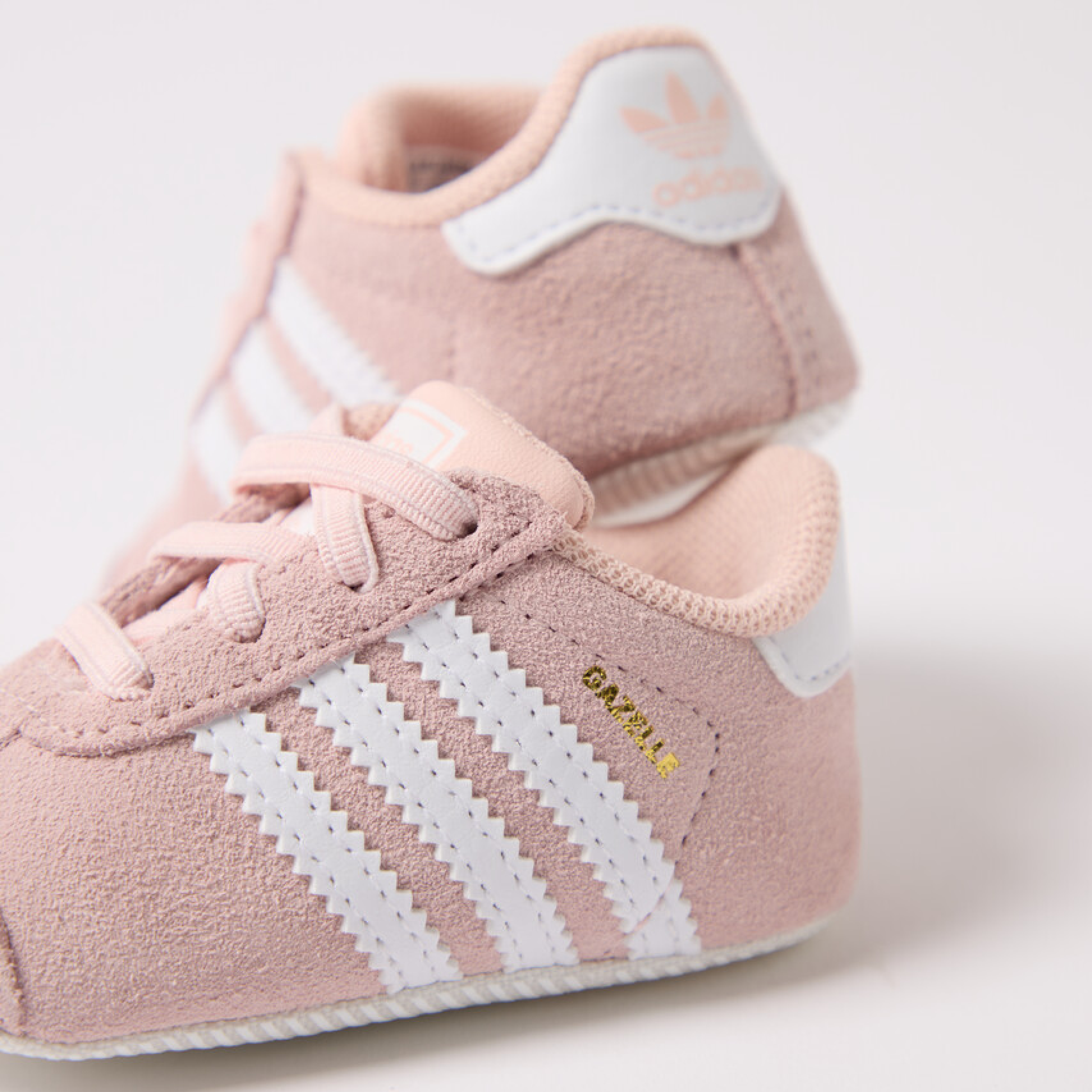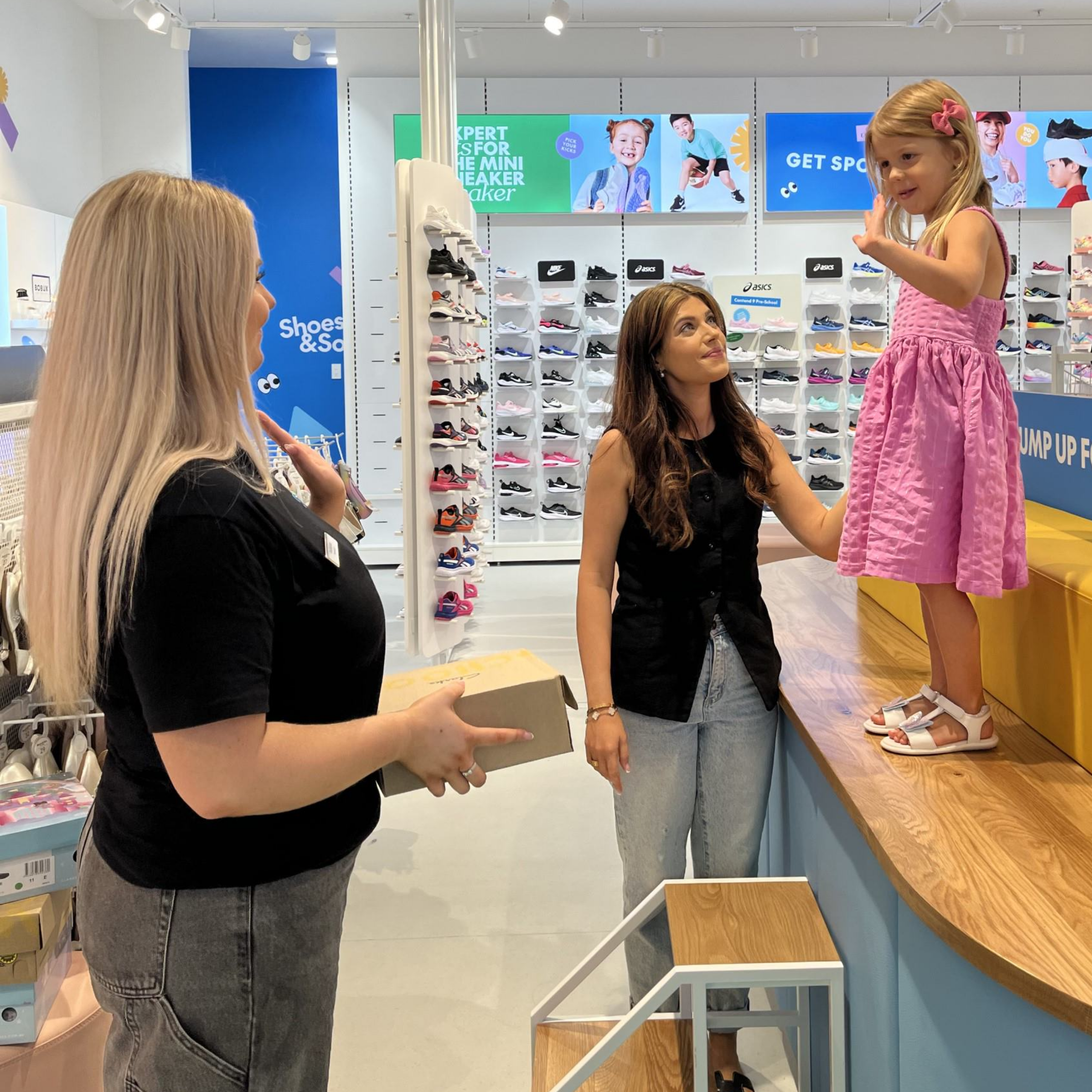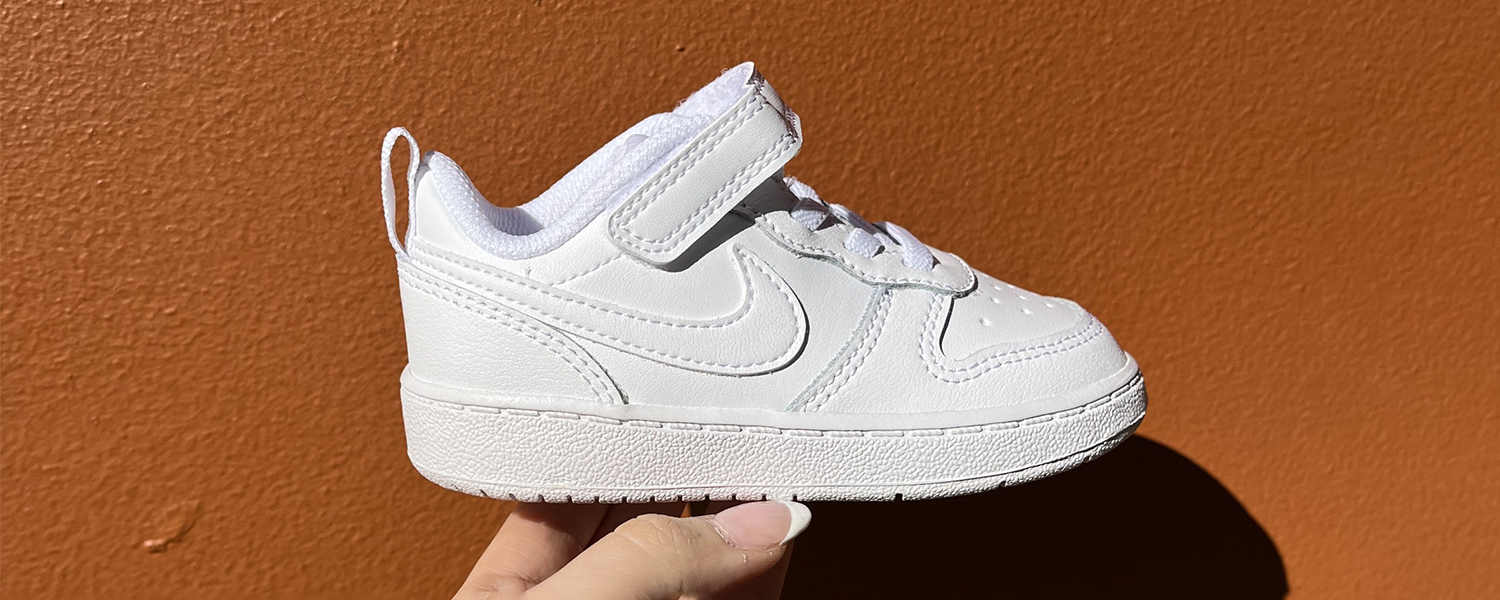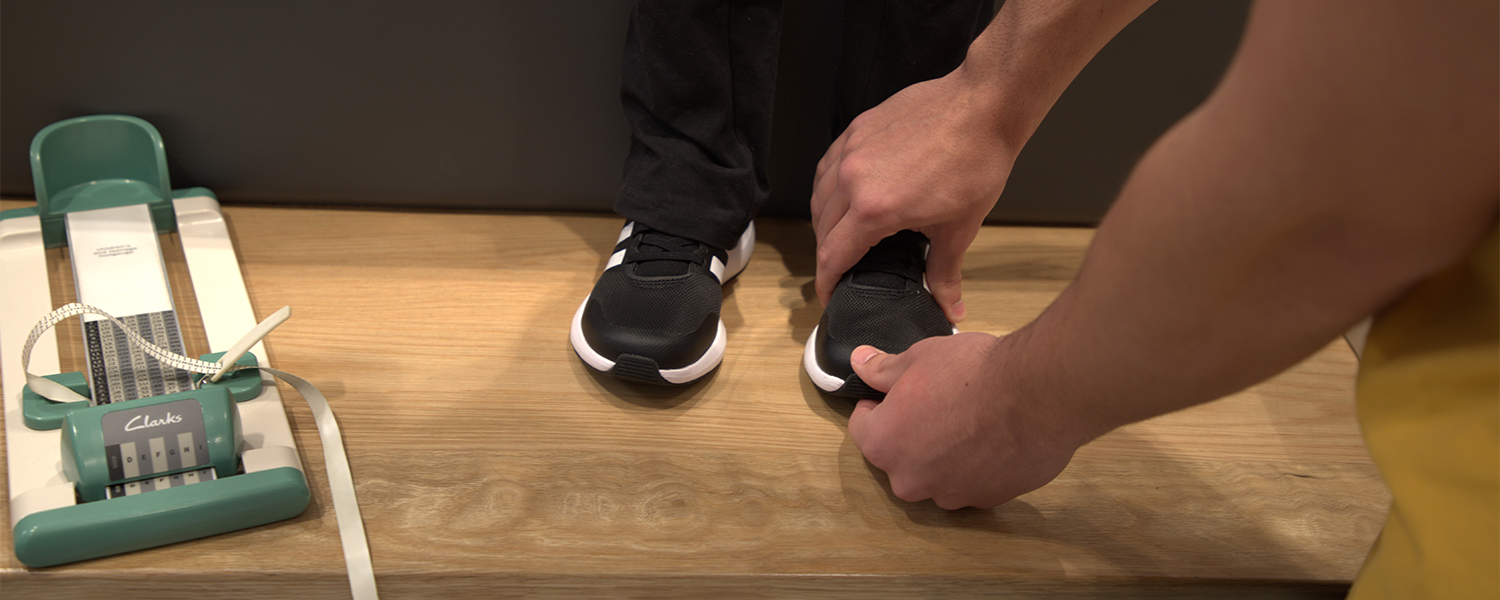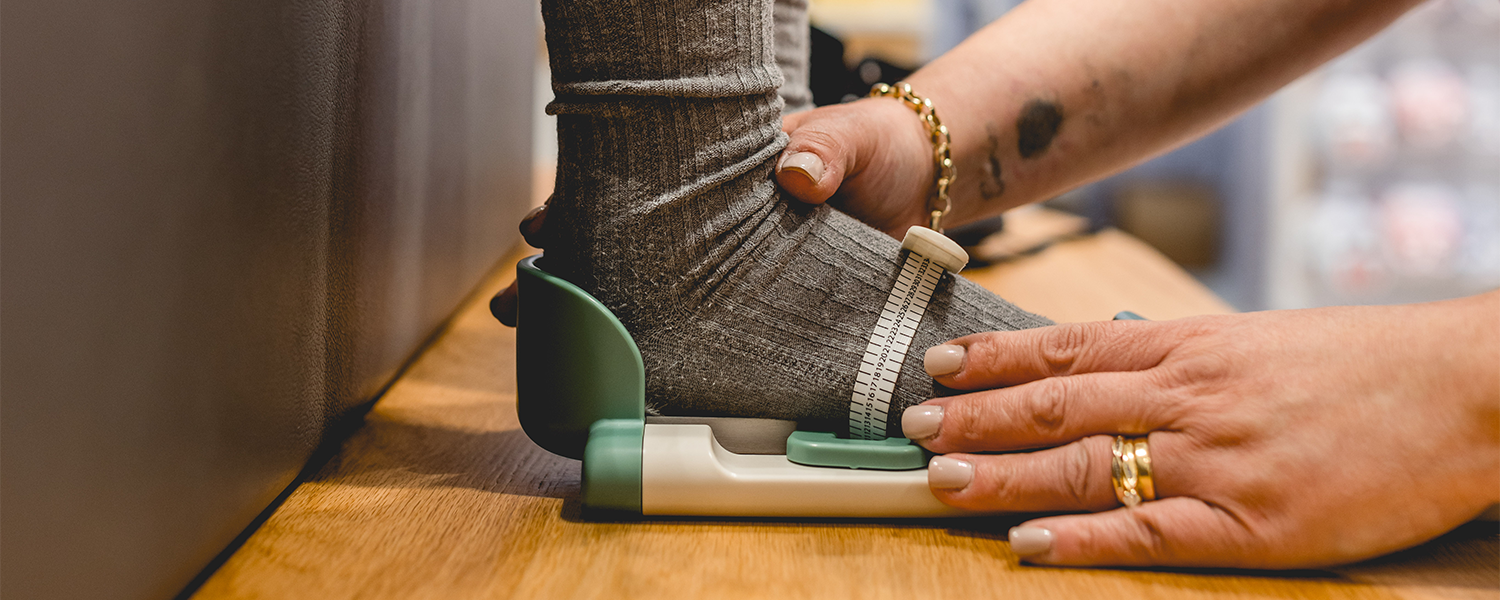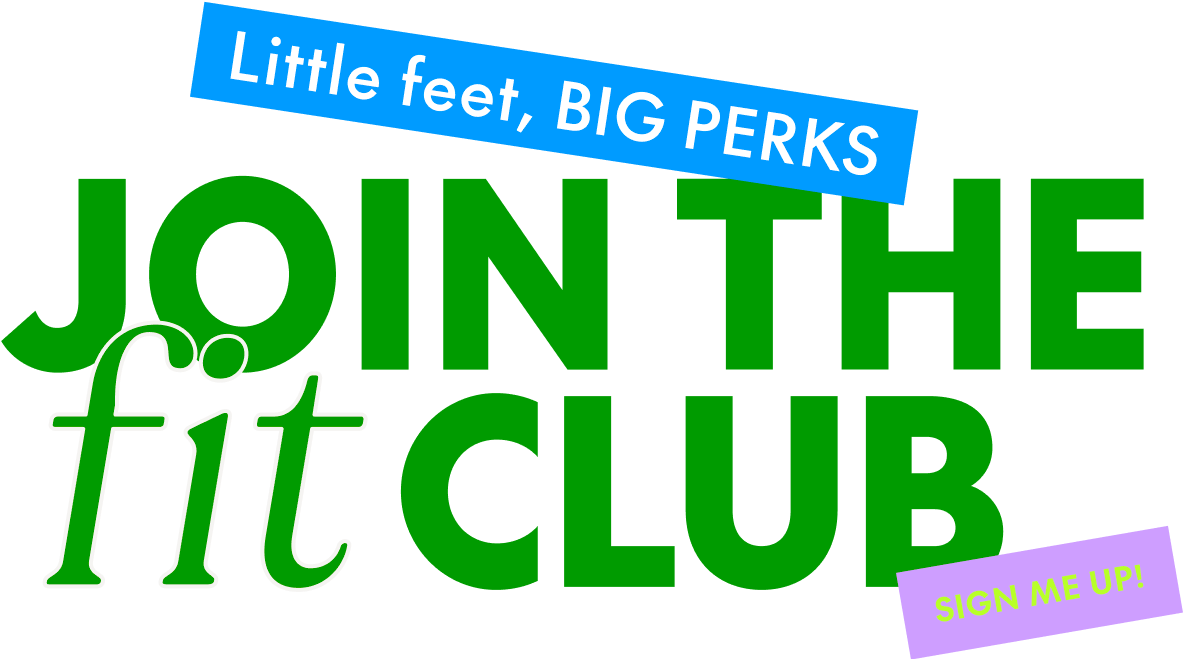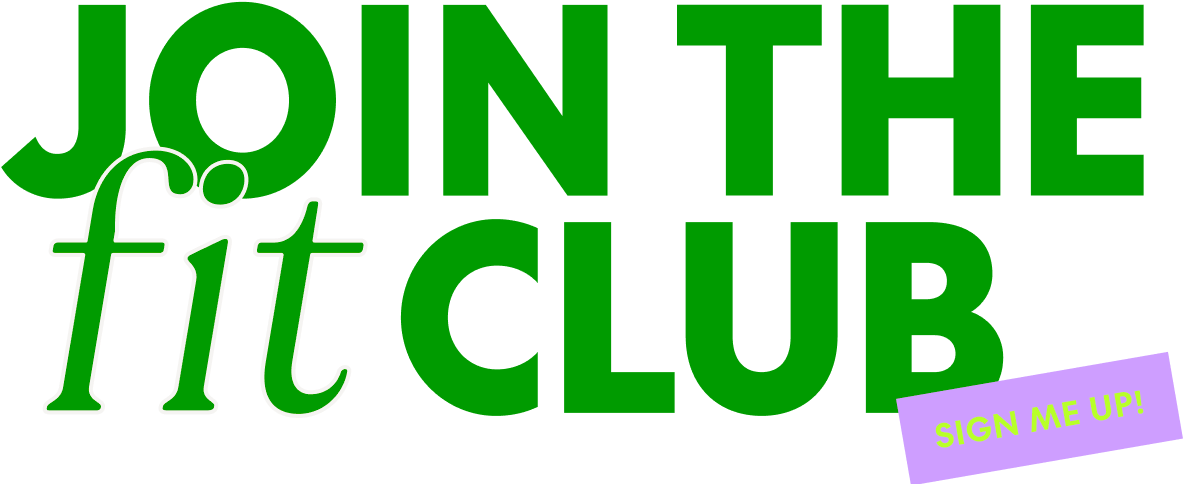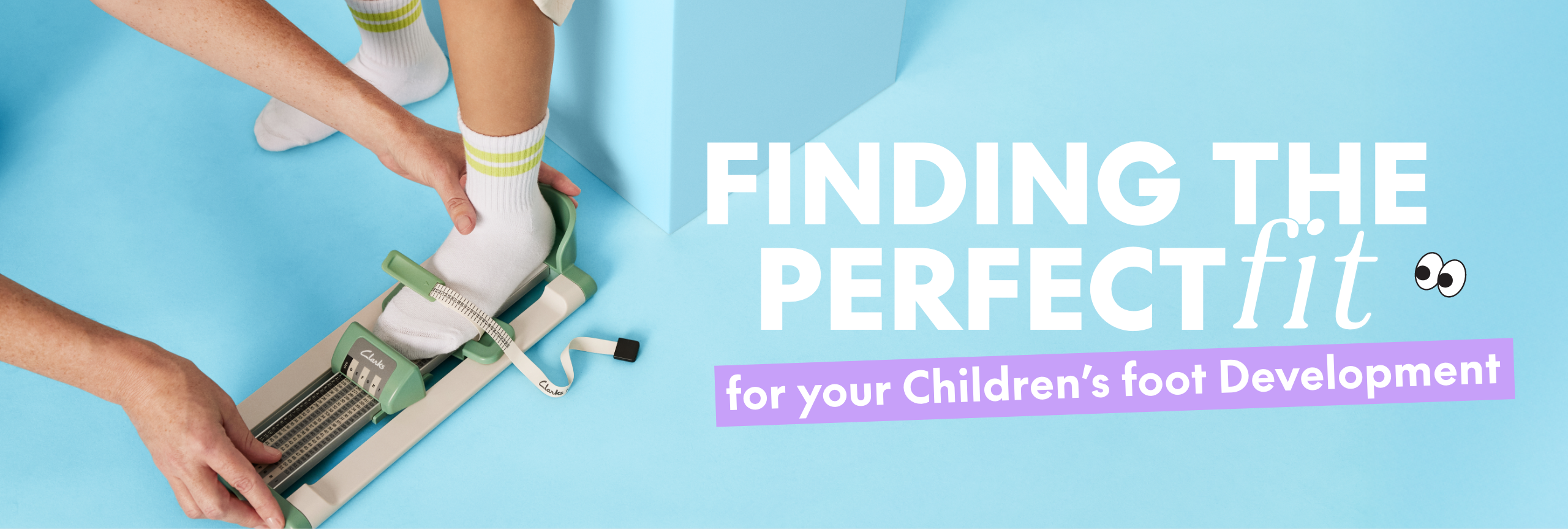
A Podiatrist's Guide to Finding the Perfect Shoe For Your Children's Foot Development
When you’re a parent, it can be really tempting to buy your child every pair of adorable shoes you see in store or on your Instagram feed. After all, who says a shoe obsession should only pertain to the footwear we buy for ourselves? However, there are a lot more factors to take into account when it comes to paediatric foot development, because the foundations for good foot health are laid throughout these formative years.
Foot development in childhood and adolescence
The first thing to keep in mind is that a person's foot alignment starts when they are still in the womb and develops enormously over the course of the first ten years of life. Then, until late adolescence, their feet will keep growing. The foot is pliable and flat at birth, and by the time a child is seven to ten, the arch is virtually fully developed. Throughout childhood, it is recommended that kids spend plenty of time walking barefoot in a safe setting to strengthen the feet, build the arch, and enhance balance. Of course, there are plenty of occasions though where shoes are required - like for sports or school.

65% of children are wearing school shoes that are the wrong size
According to a recent poll. 65% of children are wearing the wrong size shoe, meaning two-thirds of children spend their days wearing potentially harmful, ill-fitting shoes. When you double that by the number of hours they’ll spend wearing their shoes, it becomes clear why some people end up with foot problems and abnormalities.
If you go to a specialised shoe store like Shoes & Sox, The Expert Shoe Crew will measure your child's feet (both in length and width) and look at factors like tight heels, high or low arches, and any other distinctive characteristics of your child's unique feet. You can also trust Shoes & Sox to carry well-known brands that are renowned for their engineering, support, and longevity – just ask the team!
There is no such thing as a "one size fits all" approach when it comes to selecting the appropriate footwear because each person's individual feet and the brand can affect how that same size appears. In other words, just because you are a size 12 in one shoe brand, does not mean you will be in another. This means we have to consider the length and width of a child's foot to allow for development while preventing the shoe from feeling loose.
One easy trick you might try is to check your child's shoe size and width fit after they have outgrown their onesies, swimmers, uniforms, etc. Think of these occasions as gentle reminders to make sure the shoes they are wearing are still appropriate for their size.
If you're unsure, try these simple tips:
- Check children up to the age of three every one to three months
- Check children under the age of five every four months
- From the age of five, every six months
Let's examine what is most effective for each age group to promote the healthy development of your child's feet
Shoes for children aged 0 to 4
Keep little feet away from socks, jumpsuits, and sleeping bags for pre-walkers to ensure they have enough area for their toes to move. To promote proprioception, balance, and strength once your baby is standing and cruising, let them explore barefoot on non-slip, soft-based surfaces. Avoid socks and slick flooring since they can impact your child's steadiness and confidence. A thick rug or carpet, along with a soft enclosed shoe with a non-slip sole, will provide a softer landing and improve grip.
Once your little one is on the move independently, the aim is to promote a stable, heel-to-toe gait cycle in both walking and running, whilst building strength and endurance in the feet and legs. A broad, stable shoe with a modest heel is essential to help children who are having trouble balancing, taking longer to reach walking milestones, toe walkers, or have foot and leg issues (hip dysplasia or club foot) advance in their walking. Once your child is comfortable running around the home, the shoe stability can be stripped back and a more flexible soled shoe can be utilised to help develop intrinsic muscle strength and further stability.
Fitting toddler shoes: The Golden Rules
- Barefoot (no socks) is best to build strength and stability
- Shoes should be worn when required for warmth and protection
- Shoes need to be enclosed around the heel and toe
- Shoes shouldn’t be easily slipped on / off i.e. thongs and ballet flats as this causes toe gripping
- Well-structured sandals are best for summer
- Shoes should be shaped with a wide toe box with enough room to let the toes spread
- The fit of the shoe should be slightly broader and longer than the foot, without causing slipping and tripping
- Natural, breathable materials i.e. leather; sheep skin should be utilised when possible.
Once your child reaches school age, the demands placed on their feet increase substantially. They will carry potentially heavy school bags, take part in organised fitness programmes, play on concrete playgrounds, and maybe even walk to and from school. In order to meet their new footwear needs for proper shock absorption, foot support, and durability, a more structured shoe will be needed. Select from the following - First school shoes, Primary School Shoes and High School Shoes
Fitting school-age kids’ shoes: The Golden Rules
- The shoe passes the flex test by bending at the forefoot, not in the middle, and not able to be twisted
- The shoes hold themselves on with a fastening mechanism i.e. laces or self-fastening straps
- The fit is snug around the width of the foot, not sloppy and not tight
- The toe box shape allows for the toes to wiggle and is not tapered inwards
- At the time of purchase there is a full thumbs width in extra length at the toe
- There is a small heel to toe gradient, that is, the shoes aren’t dead flat
- There is a firm heel counter to support the back of the heel
- The shoes are replaced just before the toes are in contact with the end of the shoe
- Opt for rubber soled school shoes that are lightweight and have a fastening mechanism such as laces or self-fastening straps.
- Running shoes make for a great multi-sport shoe and for weekend wear
- A sport specific shoe i.e. football boots and netball shoes are important for competitive sport
Additionally, seeing a podiatrist is advised if your child complains of tired legs, trips frequently, or experiences pain at night, during (or after any exercise).

Trust us, with a bit of foresight and a proactive approach to buying shoes, your kids, and their feet, will be thanking you for years to come. Shop our girls range and boys range online and don't forget to book your free expert fitting with The Kids Fit Specialists. For additional information, go to www.emilybraidwood.com.
Finding the perfect pair of school shoes is just one obstacle to cross when getting your little one ready for school. Kiindred also provide tips, resources, expert advice and support from conception to childbirth and beyond.







